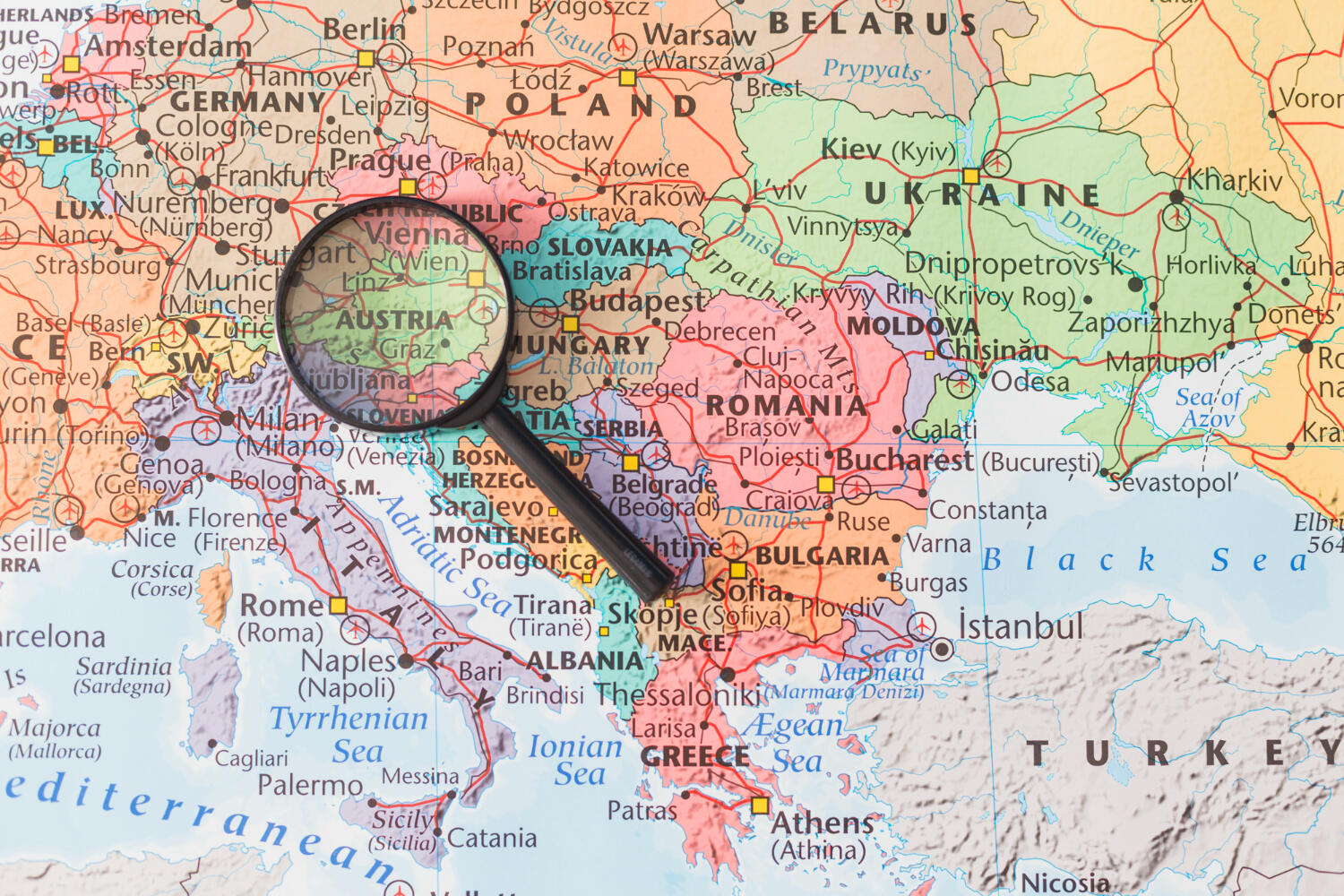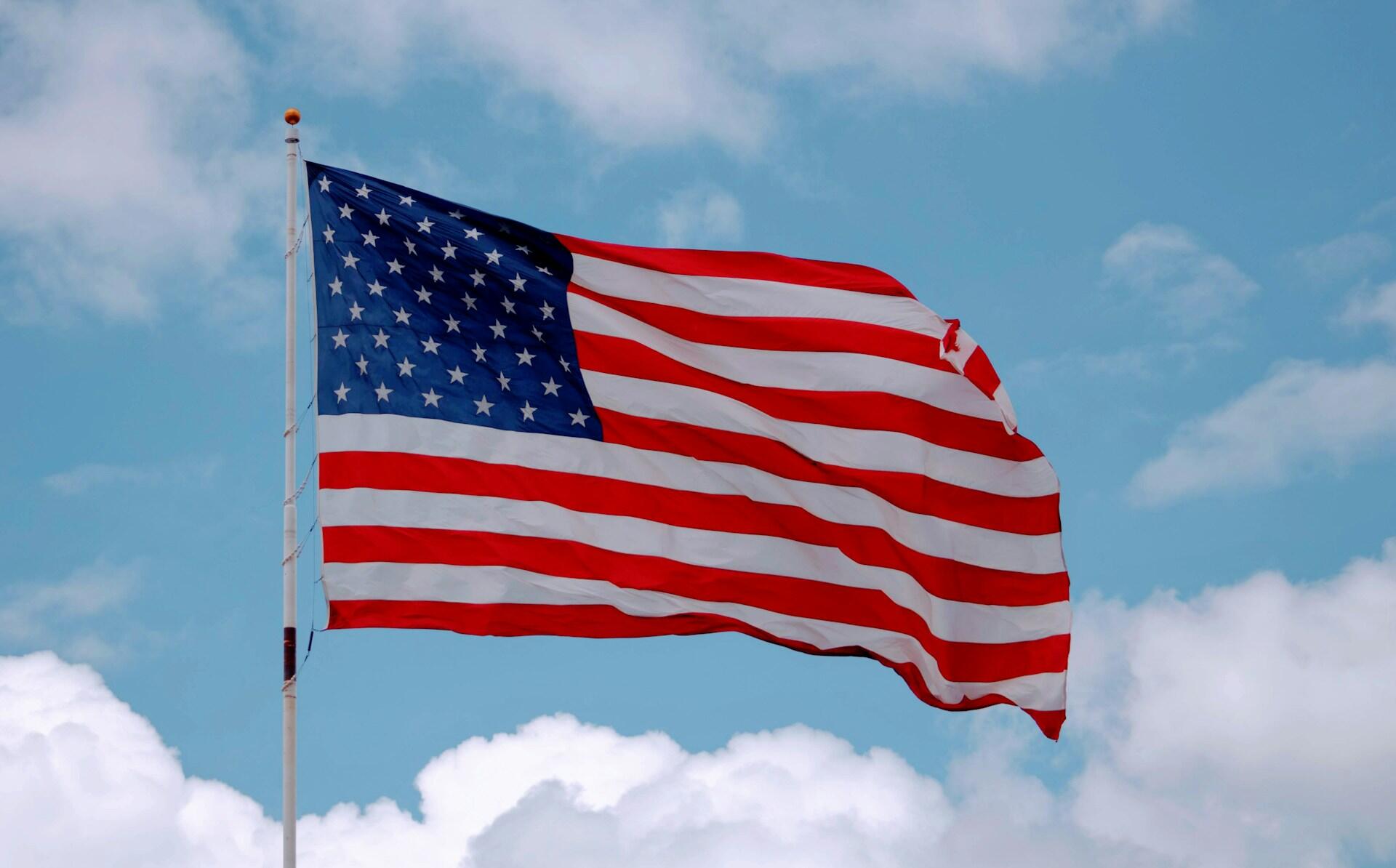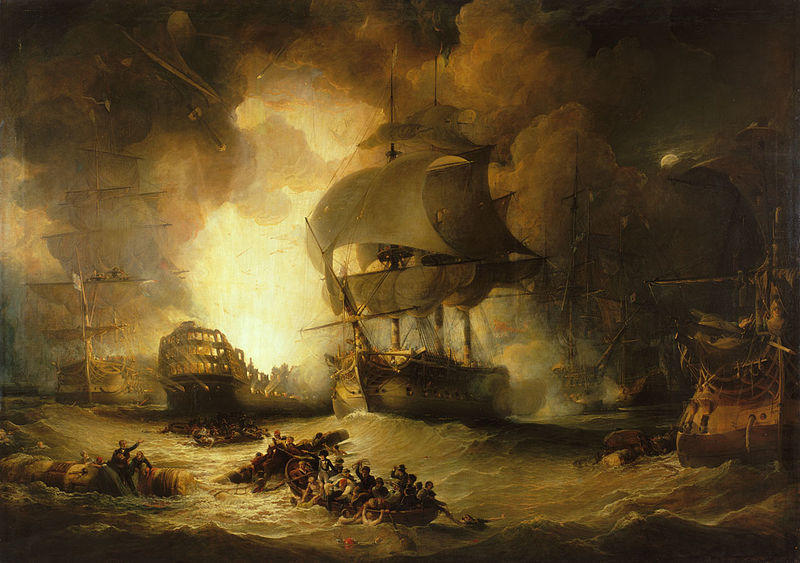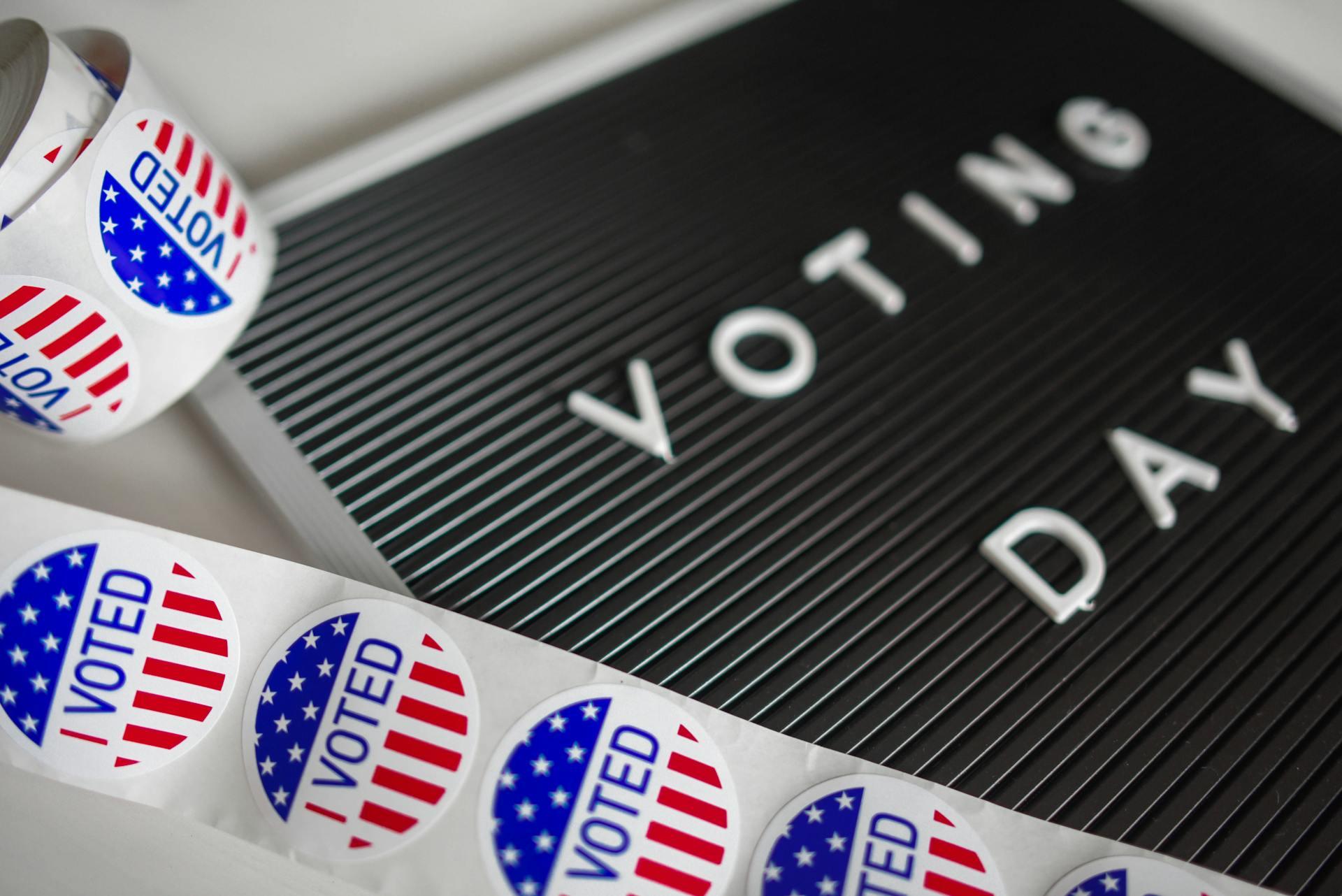Ethnicity has always had a pervasive and persistent influence on American history.
People living in the US have always described themselves and others living with them as various ethnocultural groups' members.
All Americans have shared 'their own type' and sense of collective destiny and common heritage based on their race, religion, nationality, origins, and region.
Many ethnic cultures continue to have patterns of attitudes, behaviors, and values that have diversified multiple population segments.
The result? This ethnic pluralism has had a profound effect on all aspects of American life. For example, now you will find history months dedicated to specific European groups, such as Italian American history month.
Social mobility, politics, religion, and even how we conduct foreign affairs have all reflected the diverse ethnic identities in America.
Among those ethnic diversities, the most prominent are of European origins, and it comes as no surprise since America was colonized by the British to start with.
Nevertheless, let us take a quick look at how various European ethnic cultures came to reside in what we know of today as the United States of America.
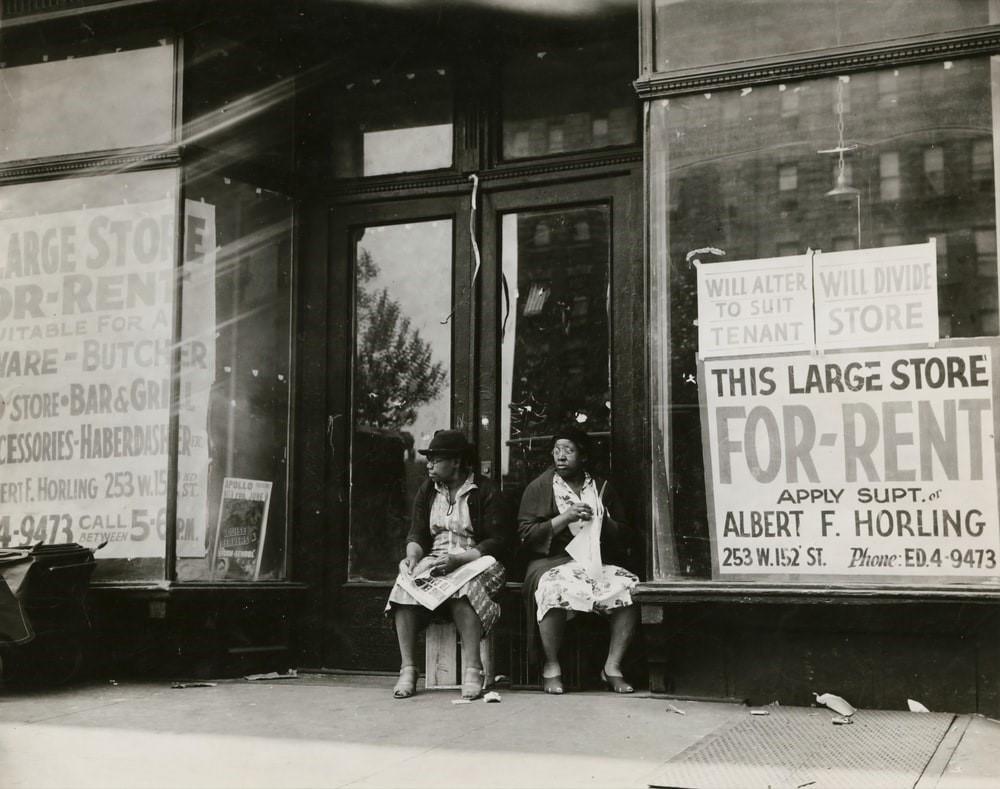

Diverse European Ethnic Cultures In The USA
According to historians, the first-ever people came to America more than fifteen thousand years ago, walking on a land bridge from Siberia across the Bering Strait or sailing east along the coast.
These people then spread through North, South, and Central America, with earlier civilizations such as the Clovis people forming roots there.
As the theory goes, the earlier Americans came from a small group that migrated from Asia.
However, when researchers dug deeper into the genes of some Native Americans, they found unexpected results.
Researchers found genes with European heritage instead of the previously believed Asian heritage.
The most common assumption is that these European genes were mixed up and picked in the gene pool via European colonists.
However, new research by Science Magazine claims otherwise. Some earlier Americans came from Europe instead of America.
The term 'melting pot' is often used by historians and various history books to describe the USA and the ethnic heritages shared by modern Americans.
Even though it might be quite cliché to use this specific expression, it does seem pretty accurate. Yes, our country started as a Great Britain colony.
However, millions of people from Africa, Germany, Mexico, Ireland, Poland, and other regions have immigrated to the states over the years.
English American History
American colonies, also known as colonial America or thirteen colonies, were the 13 British colonies formed during the late 17th and early 18th centuries, now an integral part of the eastern USA.
These colonies grew along the Atlantic coast and westward from their founding time till the American Revolution.
These settlements had spread a lot till then, further than the Appalachian and Maine in the North to Georgia when Revolution started.
At that time, there were around two and a half million American colonists.
In the 17th century, the chief population of these colonies was of Great Britain origin, with the second-largest group being of African heritage.
The New England colony mainly was English; whereas, the southern colonies also had European origin settlers, yet English origin still dominated it all.
In middle colonies, the population was quite mixed, and even Pennsylvania had a higher number of English settlers than German. American English history is not even as rich as other European ethnicities.
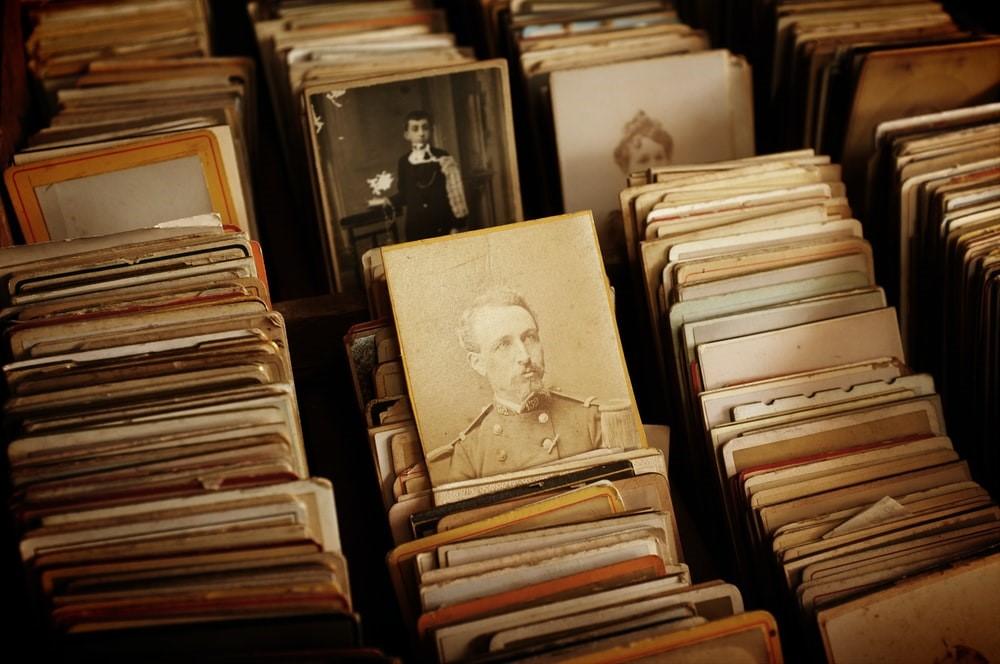
Irish American History
In the colonial days, the American Irish population was second only to English.
Most of the earlier immigrants from Ireland were of English or Scottish descent and migrated from the northern province of Ulster.
Made to leave Ireland due to religious conflicts, awful economic conditions, and absence of political autonomy, these migrants were often known as 'Scots-Irish.'
They were pulled to America by a promise of higher religious freedom and land ownership.
The first big immigration wave from Ireland came in the 1720s, and the chief destination port for these immigrants was Philadelphia since the trade routes for linen were already there.
They expanded further in the Ohio Valley, Georgia, New England, The Appalachian regions, and The Carolinas.
Unlike 19th century Irish American history, when the Catholic Irish returned to the land, many Scots-Irish immigrants sustained the farming traditions.
Many of the Scots-Irish migrants were skilled and educated workers.
Even those who financed emigration by turning into indentured servants were fully equipped to lead independent and successful lives after the servitude period ended.
After Independence, Irish history in the US stepped up its pace, with around 1 million immigrants from Ireland arriving between 1783 to 1844.
The majority of these until 1820 were professionals or artisans; therefore, they quickly adapted and prospered.
They sent home letters that told stories of the comforts an average Irish family could only dream of during those days. Soon enough, many Irish were saving money for their fare to the free land.
This Ireland immigration wave saw the illiterate and unskilled arrive, all set to change their fortunes.
Instead, most of them found employment as laborers on some massive infrastructures of Early America, like the Erie Canal.
Even though Irish American history month focuses on the early 19th century, it doesn't stress the dramatic emigration due to the Irish Famine (also called Great Hunger) in the late 1840s.

Italian American History
While most Americans think their descendants are of northern European origin, millions of modern Americans have Italian immigrant roots.
In fact, they are the fourth largest American ethnic group; and many of these immigrants migrated from southern Italy parts, such as Campania and Sicily, due to the political situation there.
Generally, around 5.5 million Italians came to the US between 1820-2004, half of them coming between 1820 and 1920.
At present, over 18 million Americans are claiming Italian ancestry.
In the early 1900s, thousands of Italians migrated to the US, looking for a better life like many other immigrants.
However, the biggest influx arrived when coal mining companies started recruiting thousands of workers to work in West Virginia's deep mines.
Immigrants from Italy also found work on farms and railroads. Typically, the men arrived first; they sent for their children and wives after saving enough money.
By century's second half, Italian-Americans excelled in all the career fields, including medicine, arts, teaching, and law.
Family and religion have been a crucial part of Italian heritage. However, good is always tied to Italians, and thus Italian American food history is also important.
In this new millennium, many Italian Americans return to their roots and return to Italy to seek out baptismal records, relatives, or any family reference.
Polish American History
Polish American history month focuses on the 1830s, as that is when they first migrated.
Over a million people of Polish descent reside in Chicago today. As a result, today, Chicago has turned into the unofficial capital of Polish migrants in the US.
Poland, from the start, always had ties to Chicago. Chicago was founded in 1833, and Poles started migrating there in the 1830s.
Not a lot is known about the very first Polish immigrants apart from the fact that they took refuge there from the 1830 November Uprising, the armed revolution in partitioned Poland against Russian rule.
Captain John Napieralski, the uprising veteran, is often thought of as the first Pole to settle in Chicago in 1834.
Antoni Schermann, a Polish businessman, came to Chicago in 1851 and established a Polish immigration agency in the mid-1860s.
Soon enough, thirty families joined and settled in the Northwest Side neighborhood, laying the groundwork for what came to be known as the Polish district.
The Polish-speaking community founded there was quite religious, and they needed a Catholic parish where they could celebrate their holidays.
That is why Schermann and Piotr Kolbassa, prominent Polish immigrants, formed a society to create a Polish parish.
Around 1871, more than 1500 Polish families worshipped at the parish. By the 1890s, about 120,000 Polish speakers were living in Chicago, a city with a population of approx. 1.2 million.
Polish peasants were attracted to Chicago due to economic reasons.
After serfdom was abolished in the mid-19th century in Poland, the peasantry got economic freedom, and most of them pursued to earn money in the States.
Chicago, because of its unskilled labor demand and increasing industries, became a magnet for Polish immigrants.
Most of them initially thought of returning home after saving enough money to buy a farm, but they decided to stay in the New World once they settled in.
German American History
Virtually no other ethnic population group has shaped USA history as much as German immigrants, with more than 7 million of them finding their way into the New World over four centuries.
Presently, almost 40-60 million Americans write 'German' as their origin and represent the biggest immigrant group in the US, even greater than those of Italian and Irish descent.
German emigration to the US started at the 17th-century end when Germany suffered from bloody religious conflicts' after-effects of the Thirty Years' War, and the Christian minorities were facing persecution.
Most farmers lived in poverty, and their existence was threatened by land shortages and failed harvests.
Therefore, many of them decided to leave for America, which provided them both prosperity and freedom.
Once in the US, Germans established themselves initially as one of the most respected immigrant groups.
Multiple German-American communities were formed with churches, schools, and clubs, in which German culture and language were cultivated and preserved.
German-American was at the forefront of the advanced industrialization in the US, both in old professions like farming and the new blue-collar jobs.
Their earlier presence among new industries in the industrial age also led to German-American being more mobile than any other ethnic group.
Unlike other immigrants' concentration in specific regions, German-Americans were more spread out across the country, and they started working as railway construction foremen.
Those with German ancestry were persecuted after the outbreak of the First World War. Suddenly, they all came under extreme pressure to cast off their German identity.
A full-scale anti-German frenzy meant that German culture and language were ostracized. Therefore, a process was developed that made German immigrants distinctive among all the other major ethnic groups.
It was further fueled by The Second World War, which completely eroded their original identity.
Thus, no other ethnic group ever lost its distinguishability to such an extent as the German-American over the 20th century.
Once World War II ended, the USA remained a critical destination country for new German emigrants' groups.
These included wives and fiancées of American soldiers posted in Germany and the growing number of highly qualified professionals and academics.
Still, they form the most vital German immigrant group in the US; around 12500 Germans immigrants came to the US in 2017.
Ethnic Cultural History In The US
Around eighty percent of Americans have European ethnic origin.
Therefore, the celebration of specific American history months, such as Polish American history month, is quite popular in the States.
American history is rich with various cultures, and learning them all might be hard to follow.
So why not get connected with Superprof, with hundreds of history tutors near you, to start learning USA's adventurous history.
Superprof has experienced, certified, and qualified tutors near you to start learning your ethnic roots and history.



















